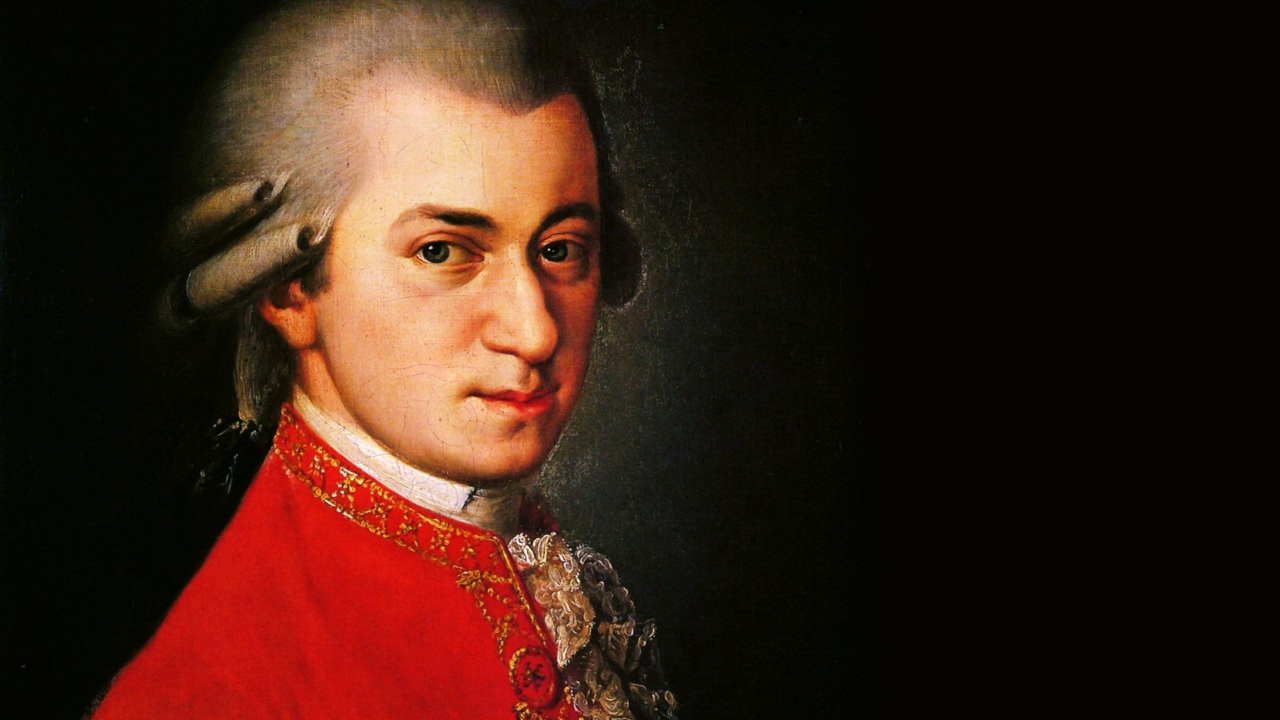
7 Fascinating Facts About Mozart That Will Amaze You
1. A Child Prodigy: Mozart’s extraordinary musical abilities were apparent from a very young age. At the tender age of five, he began composing music,[…]

Johann Friedrich Fasch: Unearthing the Musical Genius
Johann Friedrich Fasch was born on April 15, 1688, in Buttelstedt, a small town in present-day Germany. His early exposure to music came from his[…]
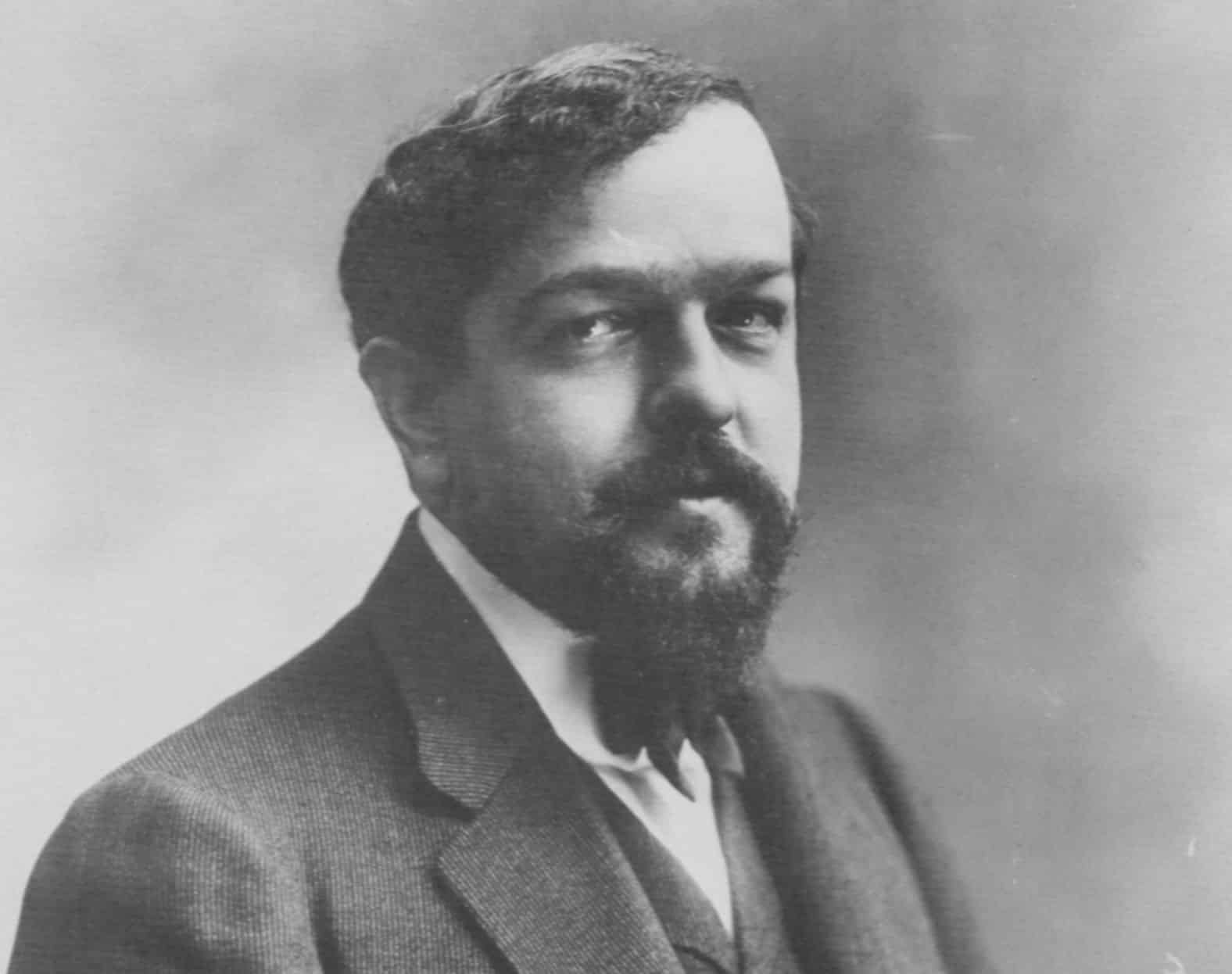
Claude Debussy: The Musical Impressionist
Claude Debussy was born on August 22, 1862, in Saint-Germain-en-Laye, France. From an early age, he displayed remarkable talent in music, often experimenting with the[…]

Bedřich Smetana: The Maestro of Czech Music
Born on March 2, 1824, in the picturesque town of Litomyšl, Bohemia (now part of the Czech Republic), Bedřich Smetana displayed a prodigious musical talent[…]
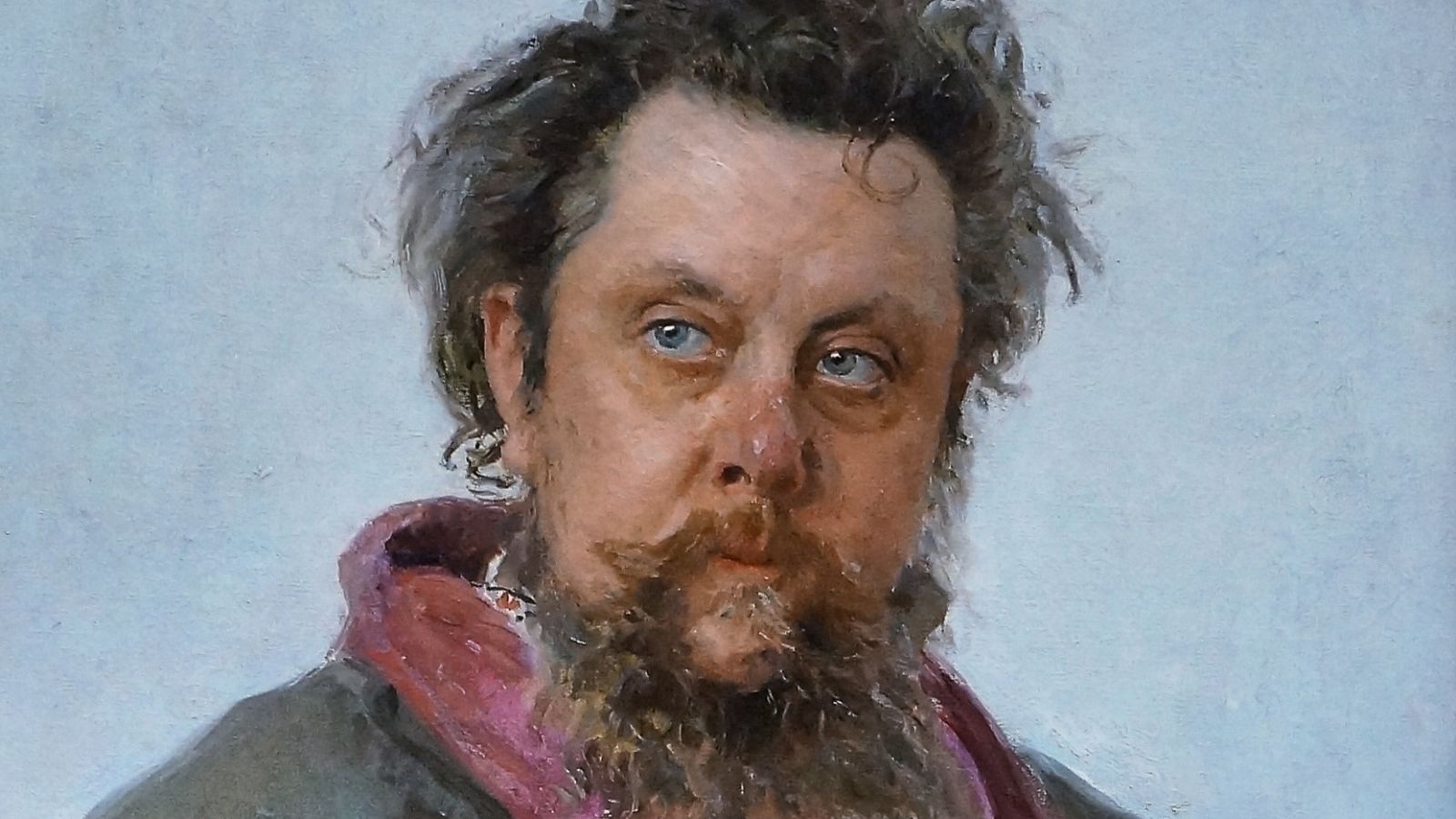
Mussorgsky: Unraveling the Genius Behind the Music
In the rich tapestry of classical music history, there are certain individuals whose talents transcend time, leaving an indelible mark on the world of composition.[…]
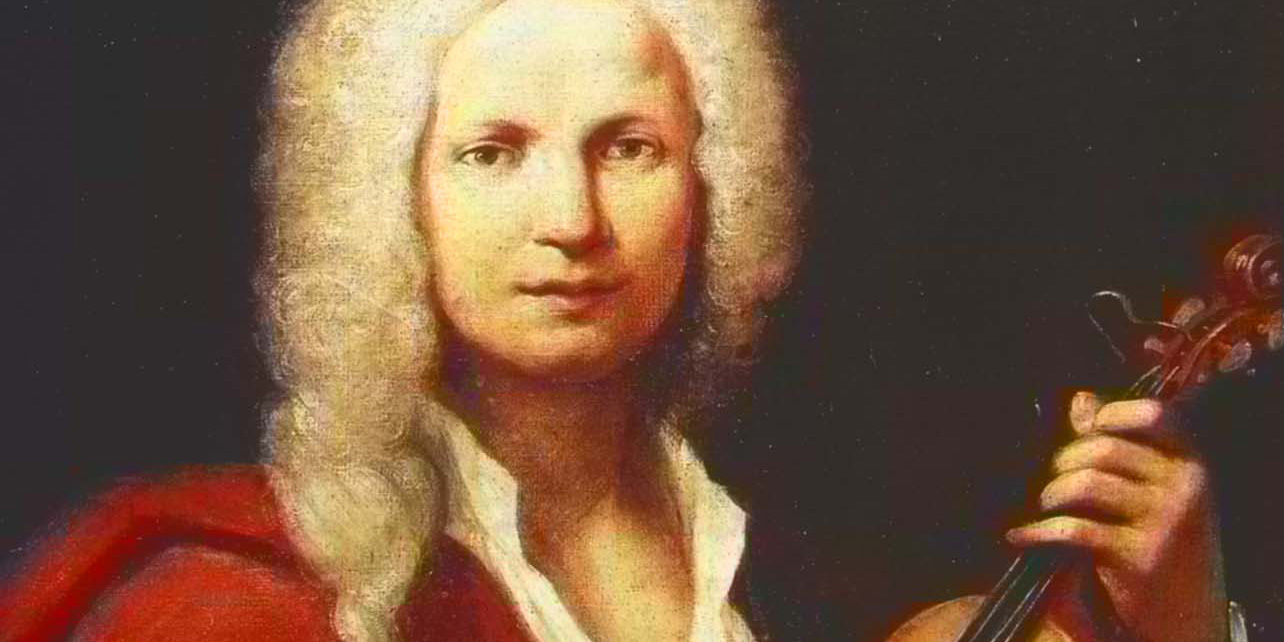
Antonio Vivaldi: The Melodious Maestro of Baroque Music
In the world of classical music, few composers have left as indelible a mark as Antonio Vivaldi. Born in Venice, Italy, on March 4, 1678,[…]
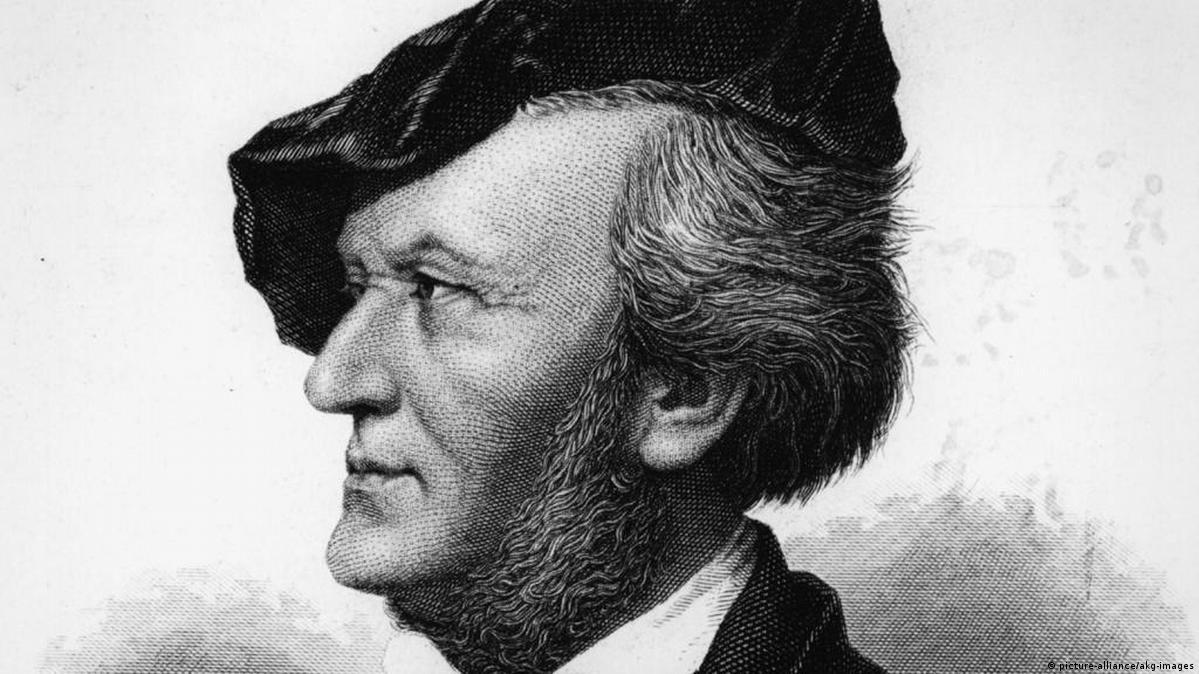
Life and History of Wagner
Richard Wagner’s passion for music blossomed at an early age. Growing up in a theatrical family, he was exposed to the arts from the start.[…]
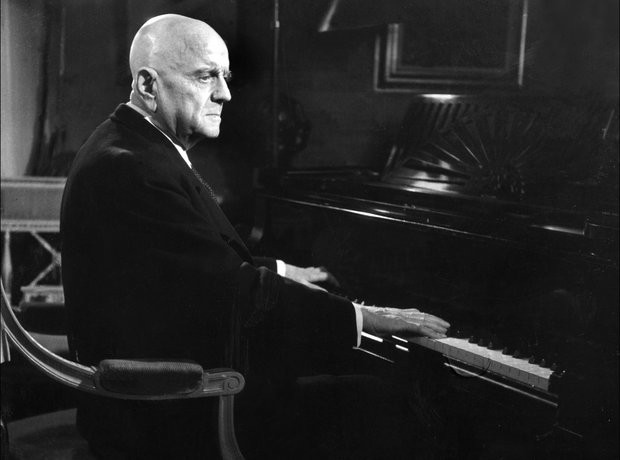
Jean Sibelius: The Finnish Maestro Who Defined Nordic Classical Music
Jean Sibelius, widely regarded as Finland’s national composer, was a visionary musician whose compositions captured the spirit of his homeland and left an indelible mark[…]
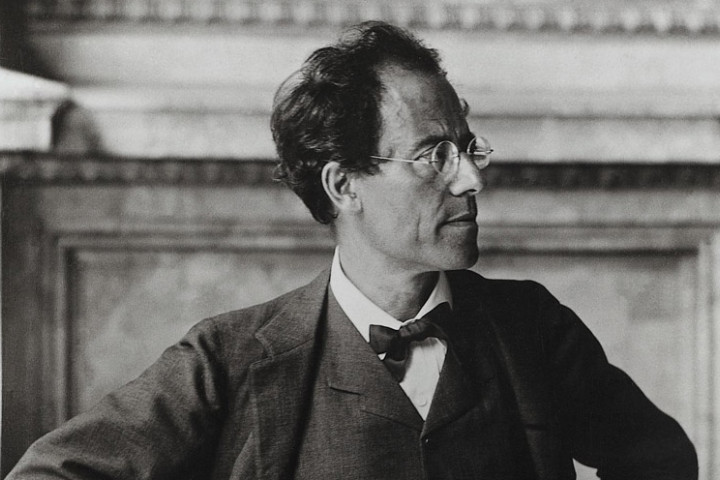
Gustav Mahler: A Maestro of Emotional Landscapes
Gustav Mahler, a name that echoes through the annals of classical music history, stands as a towering figure among composers of the late Romantic era.[…]
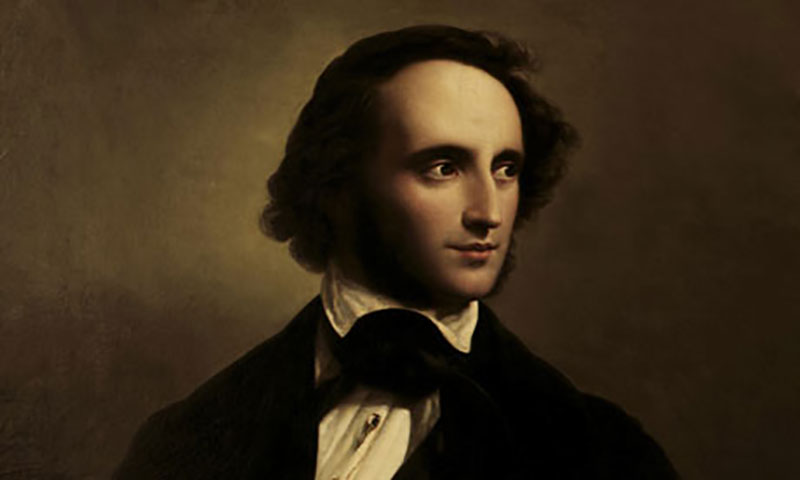
Felix Mendelssohn: A Musical Prodigy and Romantic Virtuoso
Felix Mendelssohn Bartholdy was a musical genius of the Romantic era whose prodigious talent and prolific output left an indelible mark on the classical music[…]